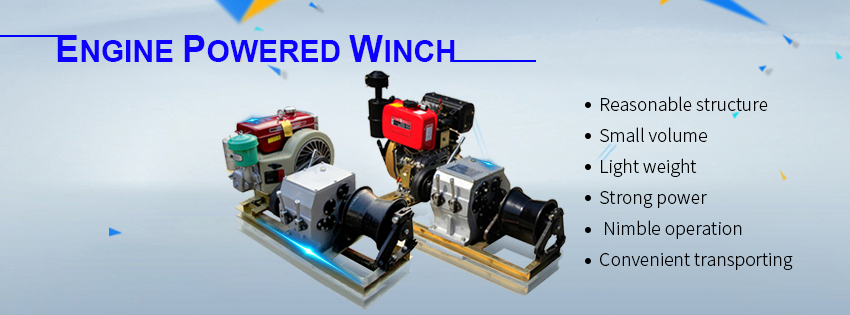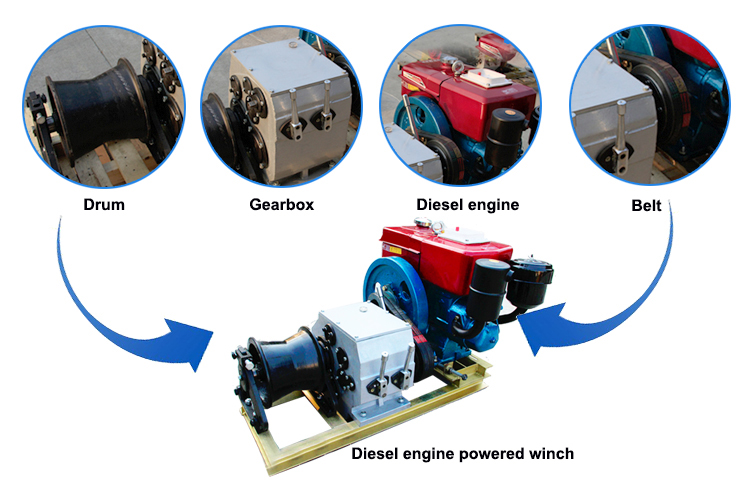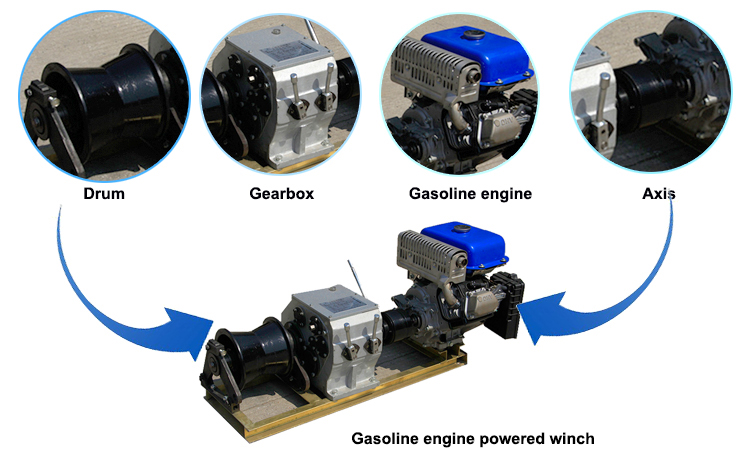No. Cause of failure Method of exclusion 1 Valve spring damage Check valve spring and replace 2 Intake and exhaust timing or common advance angle is wrong Correct oil supply advance angle and degree of inlet and outlet valve switching; check high pressure oil stick drive coupling Whether two butterfly nails are loose, if the butterfly nail is loose, please tighten 3 The clearance between intake and exhaust valve gas and rocker arm is not correct Check and adjust to the specified gap 4 Insufficient compression pressure, piston ring stuck Gasoline engine failure , cleaning and maintenance 5 Gasoline engine overheating (cooling or lubrication system failure, water temperature too high) Overhaul the cooling and lubrication system, remove the scale from the cooling system, and clean the oil cooler to remove the oil on the outer surface of the core and the scale in the water pipe 6 Too much carbon in the gasoline engine Open the cylinder head to remove carbon deposits, find the cause of carbon deposition and eliminate it 7 Air filter plugged Clean or replace the filter 8 Exhaust line blocked Remove carbon deposition 9 Fuel system into the air Release the air in the fuel system as described above 10 Fuel pump failure Repair or replace the coupling 11 Injector failure Repair or replace the nozzle assembly 12 Cylinder head injector hole leak (1) Damage to the copper gasket of the injector cap (2) The injector hole plane is not clean (3) Leakage at the joint surface of injector and injector (1) Change the gasket (2) Clean the seat hole (3) Tighten injector cap or grinding plane 13 Leakage between the cylinder head and the machine body (characterized by a flow of air from the gasket at speed change) (I) Loose cylinder head nut (2) Damage to the cylinder head gasket (1) Tighten the big nuts according to the specified torque (2) Check the cylinder head and machine interface and replace the cylinder head gasket (do not repair the old gaskets), if necessary, scrape the cylinder head and body joints. 14 Rods of crankshaft connecting rods and crankshafts are bitten on the surface of the shaft and have abnormal sounds and organic oil pressure drops. Remove the oil pan, check the lateral gap of the apricot connecting rod fire head to see if the connecting rod can move back and forth. If it can't move, it means biting, should repair the shaft diameter and replace the connecting rod bearings.
Engine Powered Winch introduction
Engine powered winch is set up high-voltage transmission lines and laying of aerial construction machinery underground cables, smooth, convenient for Tower Group legislature, set up guide (land) lines, lifting, pulling in a variety of complex conditions. Motor cutter grinding widely used in electricity, telecommunications line construction group established tower or motor actinomycetes, also in place for lifting and pulling heavy objects, suitable for field sites without electricity, the use of flexible construction, docks and so on. The experiments and field practice has proved that with a reasonable structure, small size, light weight, utilitarian large, flexible operation, easy handling, etc., the majority of electric power, telecommunications operators welcome. Motor cutter grinding force divided by diesel powered winch and winch motor gasoline.
Features:
1. Reasonable structure
2. Small volume
3. Light weight
4. Strong power
5. Nimble operation
6. Convenient transporting.
Engine powered winch type table:
Power
Gasoline engine
Air cooling
Diesel engine
Water cooling
Air cooling
Traction
3t
faster
5t
Faster slow
8t
slow
Drive mode
Belt drive
Axis drive
Starting mode
Hand cranking
Hand pulling
Drums
Single drum
Double drum



Engine Powered Winch
Engine Powered Winch,Electric Winch,Electric Winches,Small Electric Winch
Hebei Long Zhuo Trade Co., Ltd. , https://www.hblongzhuo.com